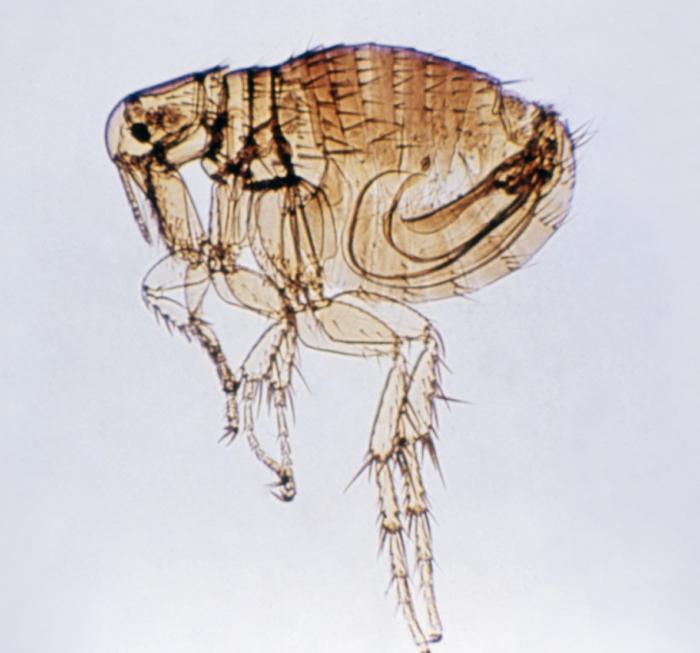Plague, a disease many think of as something from the history books, is alive and well in many areas of the globe and is clearly no stranger to Madagascar. During the last decade, the island country reported more than 7,000 human plague cases, second most on the planet.

Reports coming out of the country say that an outbreak in the Befotaka Atsimo and the Midongy Atsimo district say that dozens of deaths have been reported in two months. “We have heard about people who died for little known causes in Ambalarano two months ago. The inhabitants of this commune who come to shop in Midongy Atsimo speak of it, but they believe that it is due to the sorcery “, it is reported in the new source, L’Express (computer translated).
The victims would have the same symptoms, namely lymph nodes, such as those of bubonic plague.
The website, Africa Review, offers more definitive numbers: Bubonic plague has killed at least 31 people in Madagascar’s southern district of Befotaka Atsimo.
Bush fires, blamed on persistent drought, have reportedly driven disease carrying rodents into villages, where they have transmitted the disease to humans.
Teams from the Ministry of Public Health and the Pasteur Institute of Madagascar (IPM) were dispatched to investigate the scene Monday; however, they have not yet arrived. It is an almost inaccessible zone, there are still about thirty kilometers to walk, the L’Express report states.
According to the general secretary of the Madagascar Ministry of Health, between 300 and 600 suspected cases are reported each year, with about 30 cases of pulmonary plague and 10 to 70 deaths.
According to the World Health Organization (WHO), plague is endemic in the country, with epidemic seasonal peaks ranging from September to March.
Plague is an infectious disease caused by the bacterium, Yersinia pestis. It is found in animals throughout the world, most commonly rats but other rodents like ground squirrels, prairie dogs, chipmunks, rabbits and voles. Fleas typically serve as the vector of plague. Human cases have been linked to the domestic cats and dogs that brought infected fleas into the house.
People can also get infected through direct contact with an infected animal, through inhalation and in the case of pneumonic plague, person to person.
Yersinia pestis is treatable with antibiotics if started early enough.
There are three forms of human plague; bubonic, septicemic and pneumonic.
Related:
- Anthrax tainted sheep linked to cluster in Kenya
- Klebsiella outbreak kills 3 newborns at KwaZulu-Natal hospital
- Cholera outbreak: Cape Coast reports 400 cases in past month


Het plaatje is van een madegaskariaanse vlo neem ik aan….